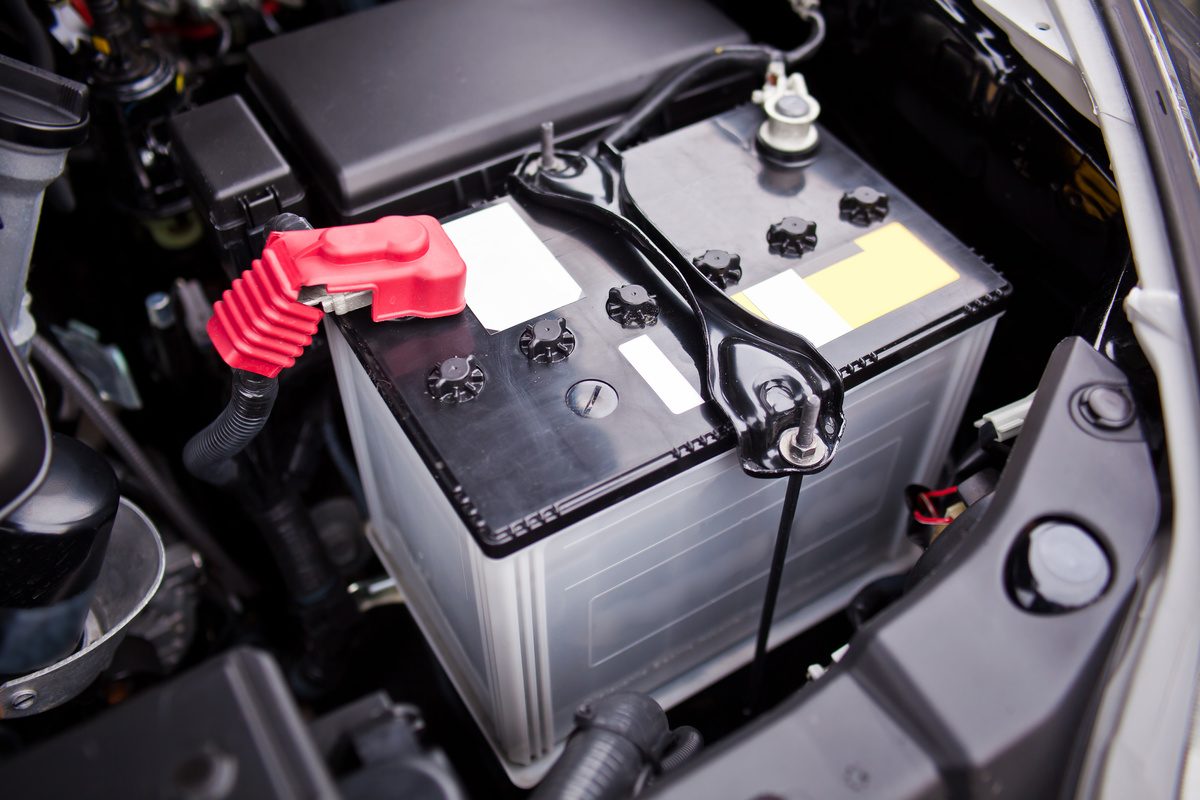When it comes to car enthusiasts and performance aficionados, vehicle performance tuning is a topic that’s hard to ignore. Whether you’re after more horsepower, better fuel efficiency, or an overall more thrilling driving experience, tuning your car can provide the edge you’ve been seeking. But what exactly is vehicle performance tuning, and how can you improve your car’s capabilities? Let’s dive in and explore how this practice can transform your driving experience.
What is Vehicle Performance Tuning?
Vehicle performance tuning refers to the process of modifying and adjusting a vehicle’s engine, transmission, suspension, and other systems to improve overall performance. The goal of tuning is to enhance various aspects of the vehicle such as power, efficiency, handling, and reliability. Tuning isn’t just for sports cars or race enthusiasts—it can also be a great way to upgrade regular vehicles for better day-to-day driving experiences.
Why Do People Tune Their Vehicles?
There are many reasons why car owners choose to tune their vehicles. Here are a few of the most common motivations:
1. Increased Horsepower and Torque
One of the main reasons for tuning is to increase the horsepower and torque of the vehicle. Performance tuning can enhance the engine’s ability to produce more power, making acceleration quicker and top speeds higher.
2. Better Fuel Efficiency
Through tuning, you can optimize the air-to-fuel ratio and improve engine efficiency. This can lead to better fuel economy without sacrificing power, which is ideal for those looking to save on gas while maintaining a high-performance vehicle.
3. Enhanced Vehicle Handling
Performance tuning isn’t just about the engine. Adjusting the suspension system can make a huge difference in handling, giving you better control over corners, improving the ride quality, and reducing body roll.
4. Aesthetic and Sound Improvements
Some car owners choose to tune their vehicles to enhance the sound or appearance. Custom exhaust systems can create a deeper, sportier sound, while aesthetic mods like body kits and spoilers can make a car look faster and more aggressive.
Common Types of Vehicle Performance Tuning
When it comes to performance tuning, there are several aspects of a vehicle that can be modified. Let’s break down the most common areas that car enthusiasts focus on:
1. Engine Tuning
Engine tuning is at the heart of most performance upgrades. Modifications can range from simple adjustments to sophisticated upgrades:
-
ECU Tuning (Chip Tuning): This involves reprogramming the car’s Engine Control Unit (ECU) to adjust parameters like fuel injection, ignition timing, and boost pressure. It’s a popular method for boosting horsepower and improving engine efficiency.
-
Turbochargers and Superchargers: Adding a turbocharger or supercharger can significantly increase horsepower by forcing more air into the engine, allowing it to burn more fuel and create more power.
-
Cold Air Intakes: A cold air intake allows your engine to breathe cooler, denser air, which can lead to better combustion and a slight boost in power.
2. Exhaust System Tuning
Upgrading the exhaust system is another popular tuning modification. A performance exhaust system improves airflow, reduces engine strain, and increases horsepower. It also contributes to a louder, more aggressive engine sound, which many car enthusiasts enjoy.
3. Suspension Tuning
Suspension tuning is all about improving your vehicle’s handling. Upgrades here can enhance how the car responds to the road, ensuring better stability and control during cornering or high-speed maneuvers. Common suspension upgrades include:
- Lowering Springs or Coilovers: These adjust the height of the car, giving it a lower center of gravity for better handling.
- Strut Bars and Sway Bars: These improve the rigidity of the suspension, reducing body roll and enhancing the overall performance on corners.
4. Transmission Tuning
Transmission tuning involves adjusting the car’s gear ratios for improved acceleration or smoother shifting. It can also include the addition of performance clutches, short shifters, or stronger driveshafts. A tuned transmission ensures your engine’s power is efficiently transferred to the wheels.
5. Brake System Upgrades
A performance tune isn’t complete without addressing braking. More powerful engines need stronger brakes. Performance brake kits that include high-performance pads, rotors, and calipers can drastically improve your car’s stopping power, especially after performance modifications.
How to Tune Your Vehicle: A Step-by-Step Guide
Tuning your vehicle can be a rewarding process, but it requires careful planning and expertise. Here’s a step-by-step guide on how to approach it:
1. Understand Your Vehicle’s Limits
Before diving into tuning, it’s essential to understand the baseline performance of your vehicle. Identify the engine type, transmission system, and the vehicle’s current power output. This will help you plan the right upgrades.
2. Set Your Performance Goals
Are you looking for more horsepower, better fuel efficiency, or enhanced handling? Set clear objectives for what you want to achieve from tuning your vehicle. This will guide your decisions on what parts to upgrade.
3. Choose the Right Modifications
Select the modifications that will help you reach your goals. If you want more power, focus on engine and exhaust tuning. If you’re looking for improved handling, consider suspension upgrades. Research and choose quality aftermarket parts from reputable brands.
4. Professional Installation vs. DIY
Some vehicle modifications can be done at home if you have the right tools and skills, but others—especially those related to engine tuning and ECU reprogramming—should be done by professionals. If you’re unsure, it’s always better to seek expert help to avoid damaging your vehicle.
5. Regular Maintenance and Adjustments
After tuning, it’s important to maintain your car and make adjustments as needed. Performance parts can require additional maintenance, and tuning may need fine-tuning over time to keep the vehicle operating optimally.
The Pros and Cons of Vehicle Performance Tuning
Pros:
- Improved Performance: The main benefit is clear—better acceleration, handling, and top speed.
- Personalization: Tuning allows you to create a vehicle that reflects your personal driving style and preferences.
- Increased Enjoyment: A tuned vehicle offers a more engaging and exciting driving experience.
Cons:
- Cost: Performance parts and labor can be expensive.
- Warranty Concerns: Tuning may void your manufacturer’s warranty, so it’s essential to check before making modifications.
- Risk of Over-tuning: If done improperly, tuning can lead to engine damage, excessive wear, or even vehicle failure.
Conclusion
Vehicle performance tuning is an exciting way to enhance your car’s capabilities, whether you’re aiming for more power, improved handling, or a more aggressive look and sound. By understanding the various tuning options available and setting clear performance goals, you can unlock your car’s true potential. Just remember, tuning should be done carefully and with consideration for the long-term maintenance and reliability of your vehicle. With the right approach, performance tuning can provide a thrilling driving experience and set your car apart from the crowd.







